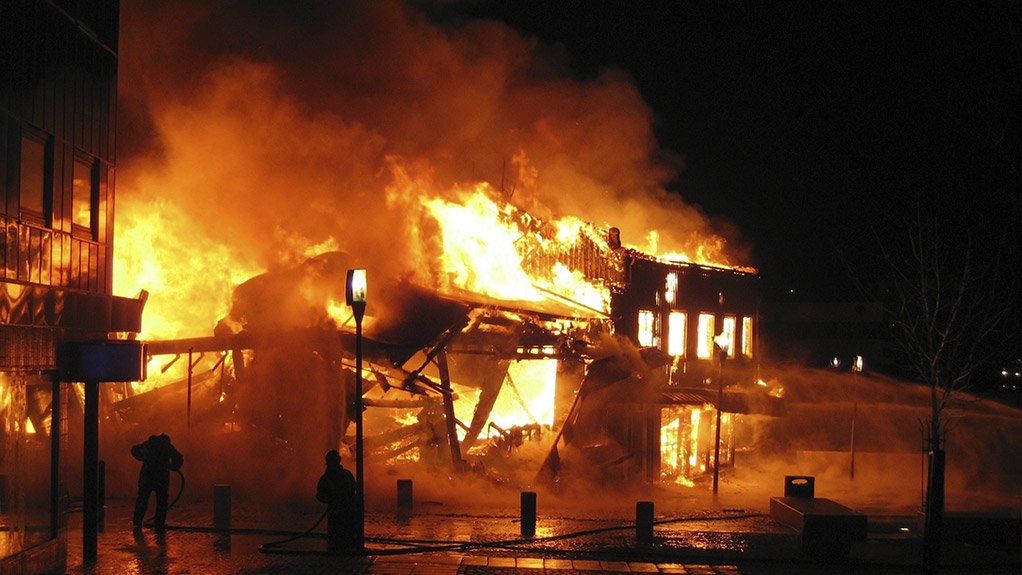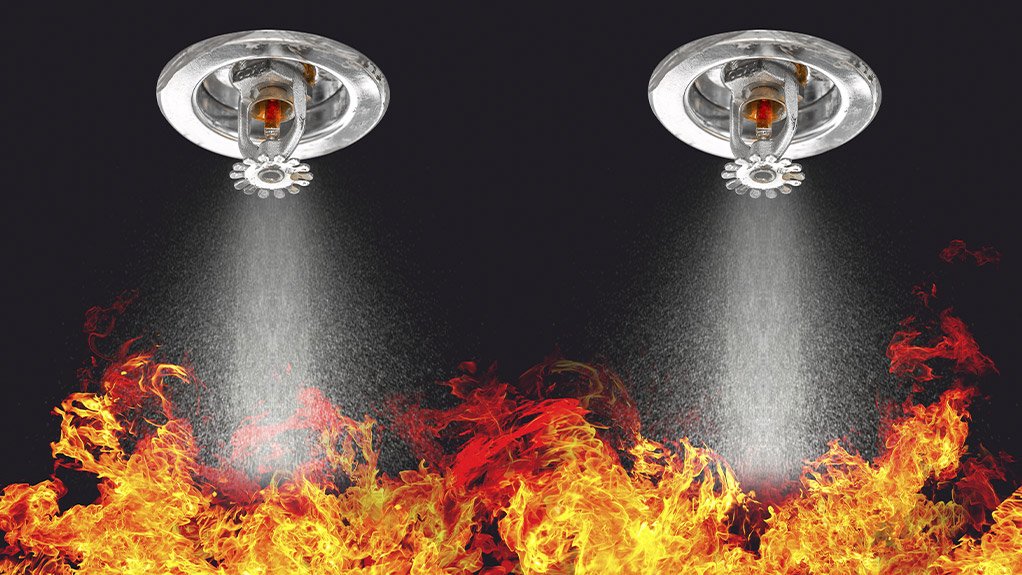The City of Johannesburg closed the public library in the central business district in 2021 over safety concerns, mainly about fire suppression. A report into the building’s condition raised issues about civil, structural, electrical and mechanical services. The city planned to reopen the library in February 2024 but has since stated that repairs will only be completed in 2025.
This follows an incident in February when the Khayelitsha Library in Cape Town was temporarily closed due to a post-closing fire to assess the extent of the damage. In mid-April 2021, a blaze originating at Table Mountain eventually swept onto the upper campus of the University of Cape Town (UCT). It caused extensive damage to the African Studies Library reading room, known previously as the JW Jagger Library. Built in the 1930s, it is home to many international research collections, with an estimated 85 000 items in total.
In terms of the Johannesburg Library, the Johannesburg Heritage Foundation revealed that findings from independent engineers and architects concluded that a gas-driven fire suppression system in the stacks must be commissioned. In addition, the building must be brought up to the current and applicable code to protect the invaluable collections held in the library.
The gas-driven fire suppression system in the Joburg Library, also known as a clean agent fire suppression system, is designed to extinguish fires without causing damage to valuable materials or equipment, explains ASP Fire CEO Michael van Niekerk.
The system detects a fire using smoke or heat detectors, which trigger an alarm when any abnormal conditions are sensed. The system is activated if a fire is detected, releasing a clean agent gas such as FM-200, Novec 1230 or Inergen into the protected area. These gases are electrically non-conductive, non-corrosive, and safe for humans.
The gas displaces oxygen, reducing its concentration below the level required to sustain combustion. Without sufficient oxygen, the fire cannot continue to burn, meaning that the suppression process is rapid and effective. Simultaneously, a fire alarm alerts library staff and visitors to follow evacuation procedures to ensure their safety before the gas is discharged.
The gas either dissipates naturally or by means of mechanical ventilation after the fire is suppressed, leaving no residue and minimising clean-up efforts. The library staff can then assess the situation and address any damage. While these systems are highly effective, they can be expensive to install and maintain. They are commonly used in places where water-based systems like sprinklers would cause significant damage to sensitive equipment or irreplaceable artifacts or documents.
What complicates the issue of commissioning an appropriate fire detection and suppression system at the Johannesburg Library is that, like the African Studies Library reading room at UCT, it is a heritage building, which means specific requirements must be adhered to.
“The best option is to use a gas fire suppression system designed specifically for archives and libraries, which have the benefit of not leaving behind any damaging residue,” says van Niekerk. The challenge here is that because libraries present such large spaces, the quantity of gas required is quite considerable. Hence, the larger question is the protection of the heritage building itself versus its contents. While older buildings may have a stone or brick superstructure, the flooring and internal structure is generally made from timber.
The construction materials used in older buildings are definitely not in line with modern regulations. Complicating the issue is that heritage buildings are very difficult to retrofit with conventional sprinkler systems, for example, due to the fact that their external appearance has to be preserved. However, there is a responsibility on any building owner to ensure that a building is fit-for-purpose in terms of fire protection, which extends to both loss of valuable property and loss of life.
Modern buildings also deploy drencher systems that keep the exterior cool with water curtains in order to protect windows, doors, walls and roofs against an encroaching fire. In addition to modern advances like recessed sprinkler systems and water mist or fog systems, which are only activated in the event of a fire, another solution is a hypoxic system that introduces nitrogen into an area when unoccupied to reduce the oxygen level to the point where combustion cannot occur.
However, the best approach remains a proper fire-risk assessment, which looks at a building holistically and not in isolation to any other factors. There are also internal factors that need to be considered, such as the possible sources of ignition inside a building and how best to manage these. Notwithstanding that a building is old, the electrical system can still be modernised without affecting its heritage ‘look and feel’.
In addition, modern electrical management systems based on earth leakage and thermal resistors, as well as computer monitoring, can result in an automatic shutdown if any risks are detected. These can range from fans, heaters and computer terminals that are left on to overloaded multi-plug extensions, a common cause of fire in a typical office environment.
“Managing the internal environment of a building adequately allows for the fire risk to be minimised. Obviously, risk can never be eliminated by 100%, but it can definitely be reduced to an acceptable level,” concludes van Niekerk.










